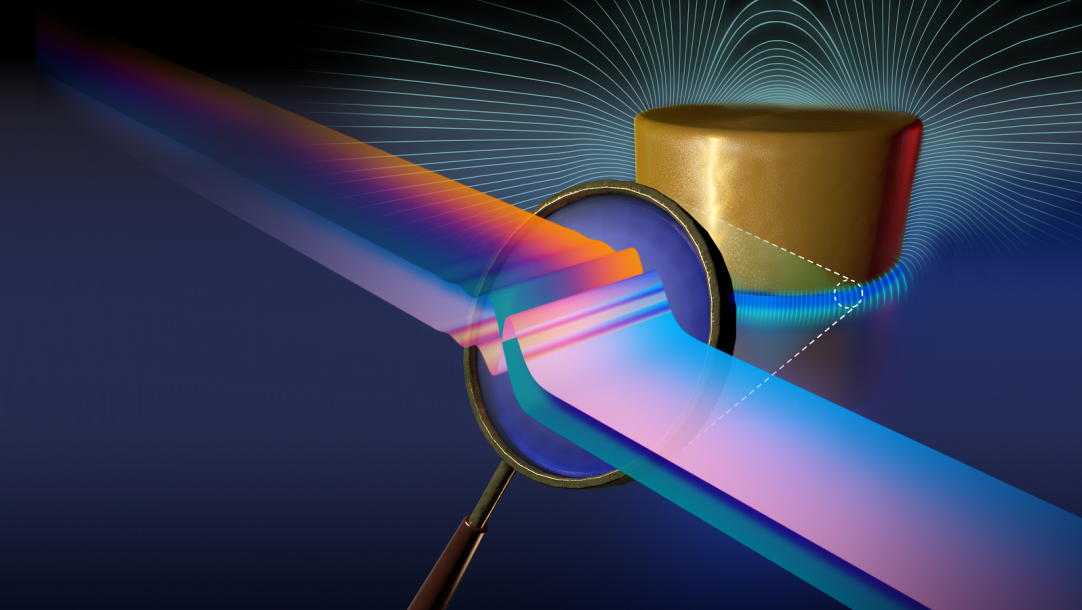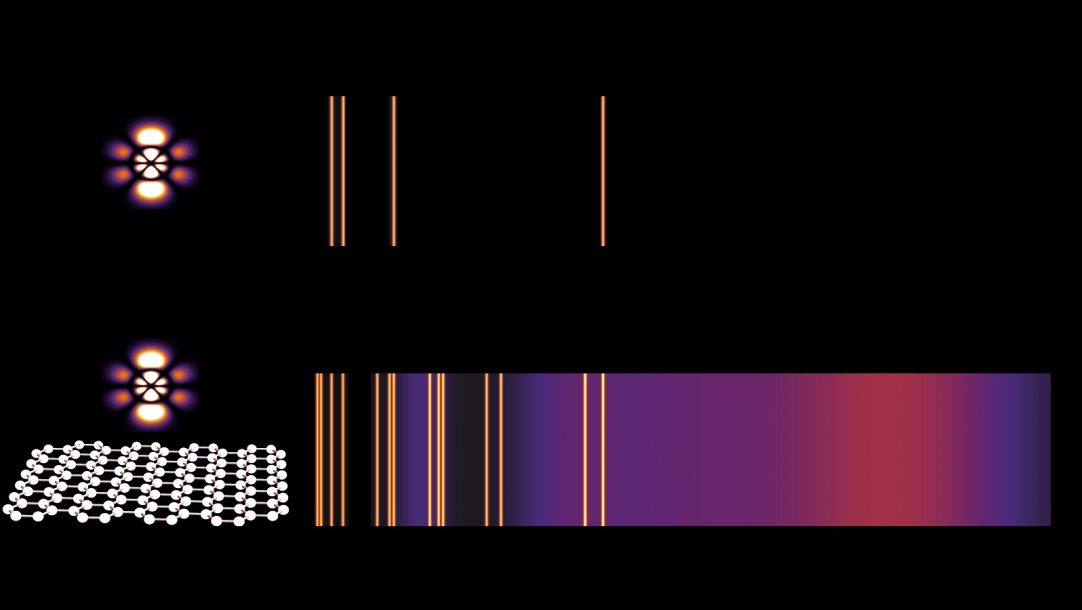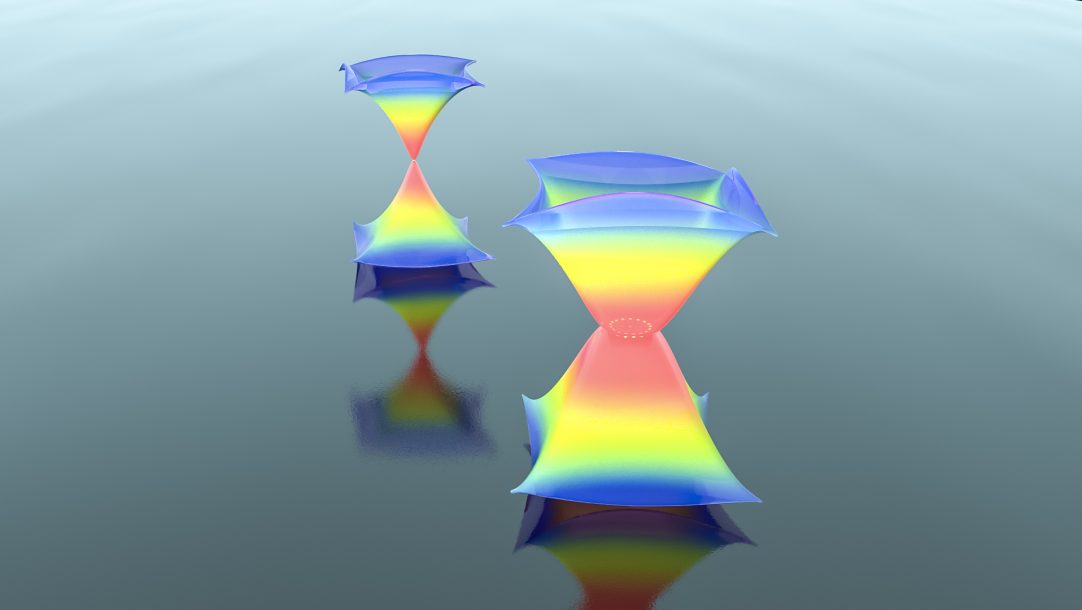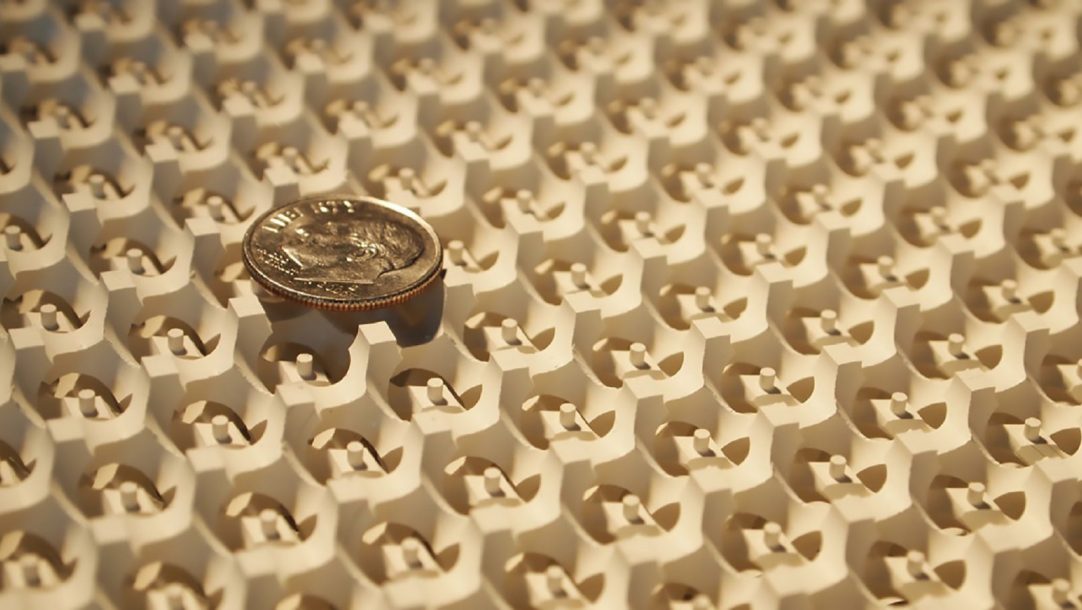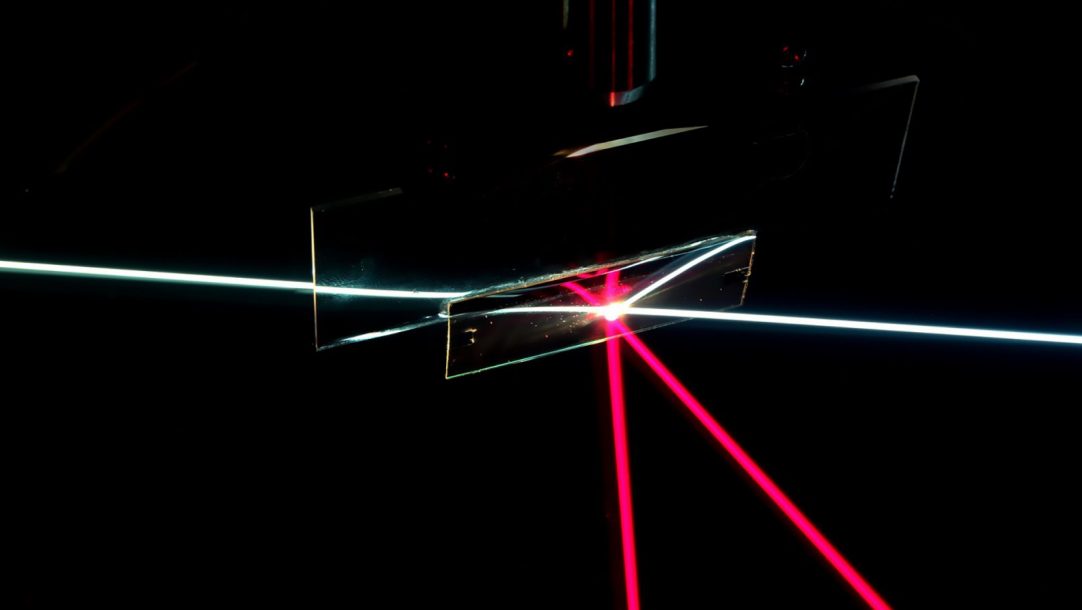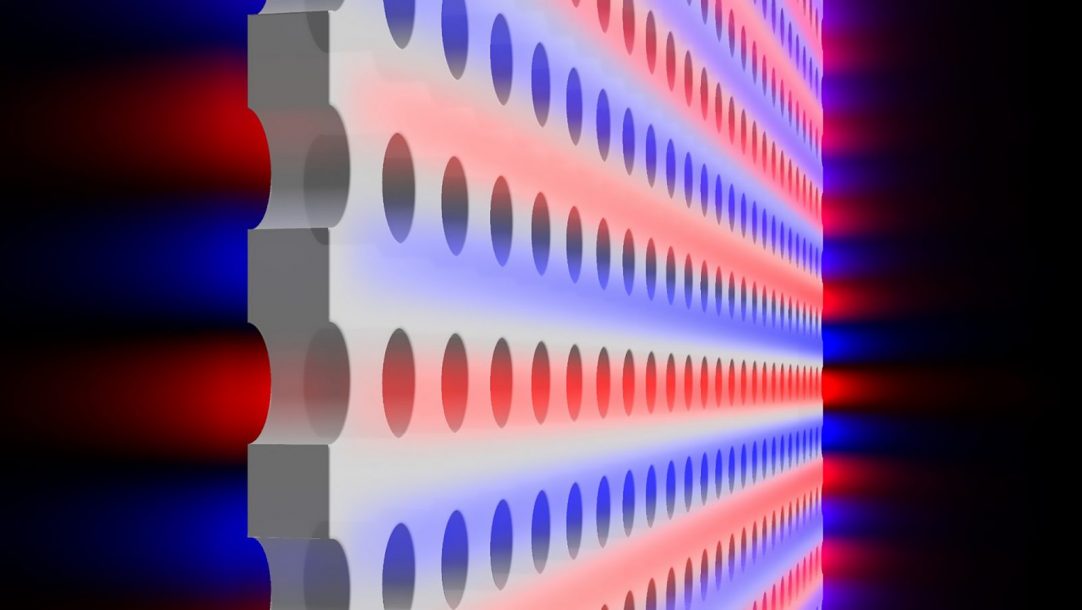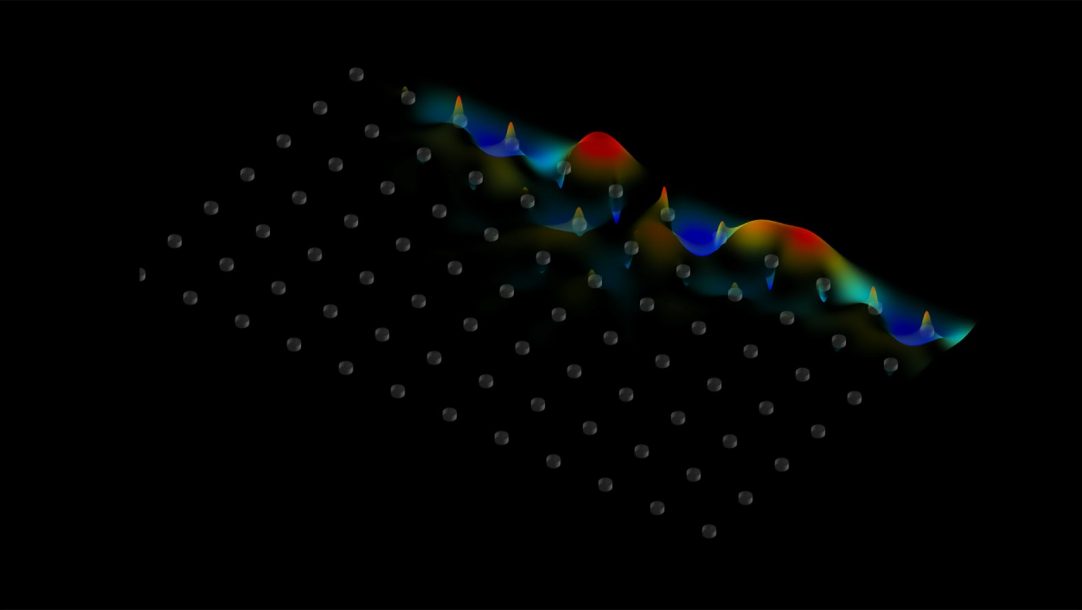Technological advances of the past decade have enabled the control of the material structure at length-scales smaller than the wavelength of light. This enabled creation of new material-systems (e.g. photonic crystals, meta-materials, or various surface plasmon systems), whose optical properties are dramatically different than those of any naturally occurring material. Our research interests are in exploring the new and exciting physical phenomena enabled by such materials. Our work is roughly equally split between theoretical and experimental studies.
For some representative examples of this, please check out the links to the slides above, or our work on one-way waveguides, plasmons in graphene, novel transparent displays, Weyl points, enhanced incadescent sources, optical deep learning, as well as nanophotonic scintillators.
The unique properties of optical nano-structured materials have already enabled a wide range of very important applications (e.g. in medicine, energy , telecommunications, defense, etc.) and are expected to do even more so in the future.
In addition, we are excited about the feasibility of wireless power transfer.
The last, but not the least, Artificial Intelligence techniques have progressed immensely over the past few years: many fields of science and engineering can now make use of these techniques. We are very interested in exploring how AI can help science research, and also how physics insights can lead to even more powerful AI algorithms (learn more).




